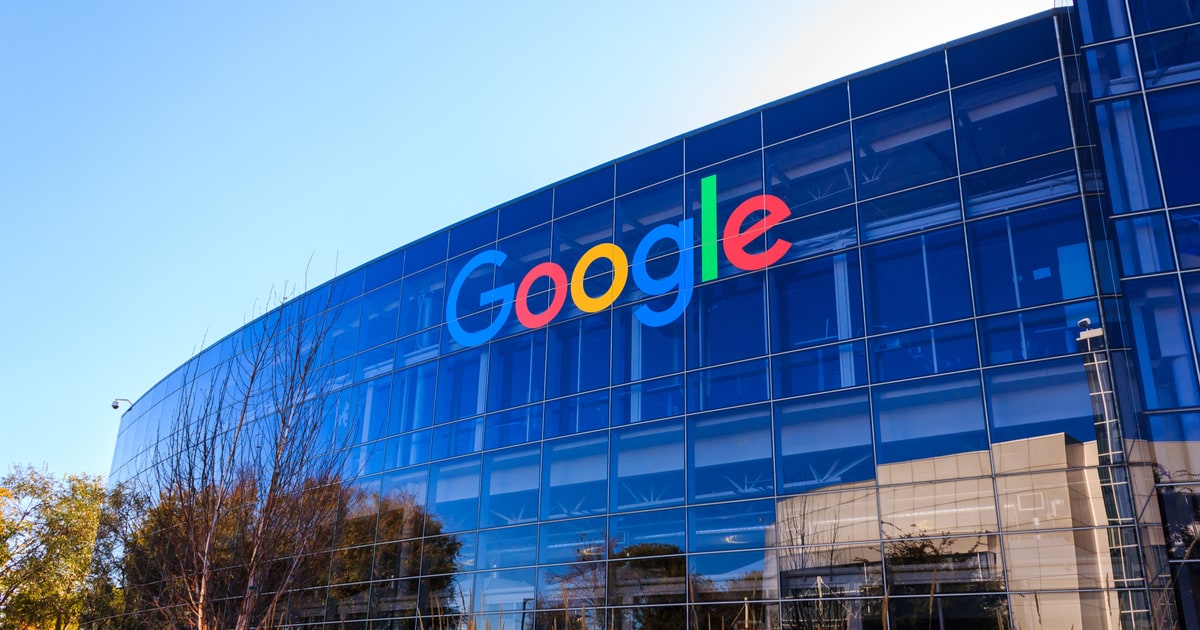American search engine giant Google has announced its partnership with Canadian-based blockchain firm, Dapper Labs to help provide the infrastructural capability needed for the scalability of the latter firm in its bid to advance Web3.0.

As reported by Forbes, the move marks one of the broad arrays of partnerships that the tech giant has in store to engage with the blockchain world, and the current deal with Dapper Labs is billed to span for multiple years.
The deal will feature Google Cloud will act as a network operator, offering its infrastructure to help Flow scale. This will imply that in addition to the more than 50 applications that currently make the Flow Blockchain their home, more than 2,000 developers are building on the Flow network. According to Dapper Labs’ CEO Roham Gharegozlou, the developers will be able to “connect to Flow access nodes at lower latency through Google’s suite of cloud services.”
Drawing on the environmental impacts of blockchain mining, the vice president of Google Cloud North America, Janet Kennedy, said the crypto mining will not be permitted but that developers will have the choice to choose which region powers their nodes based on the energy consumption of that region.
“It’s really about helping them with rapid and sustainable growth,” says Kennedy. “Blockchain technology is becoming more and more mainstream. Such companies like Dapper need scalable, secure infrastructure to grow their business, and even more importantly, support their networks.”
Dapper Labs is amongst the most iconic blockchain startups that came into the limelight with the launch of CryptoKitties back in September 2019. Also renowned for creating the Flow Blockchcian network, which powers the emergence of Non-Fungible Tokens (NFTs), Dapper Labs’ core project also spans the NBA Top Shot marketplace. This outfit has grossed over $700,000 million in sales with over 600,000 active wallets.
The Dapper Labs partnership with Google will further streamline the connectivity for developers who can easily connect to the company’s software when compared with the other cloud infrastructures available today.
Image source: Shutterstock